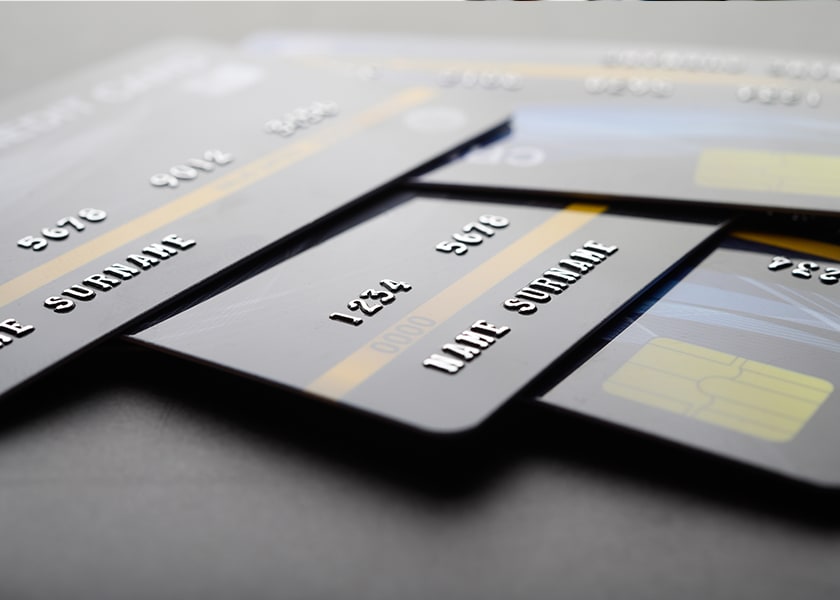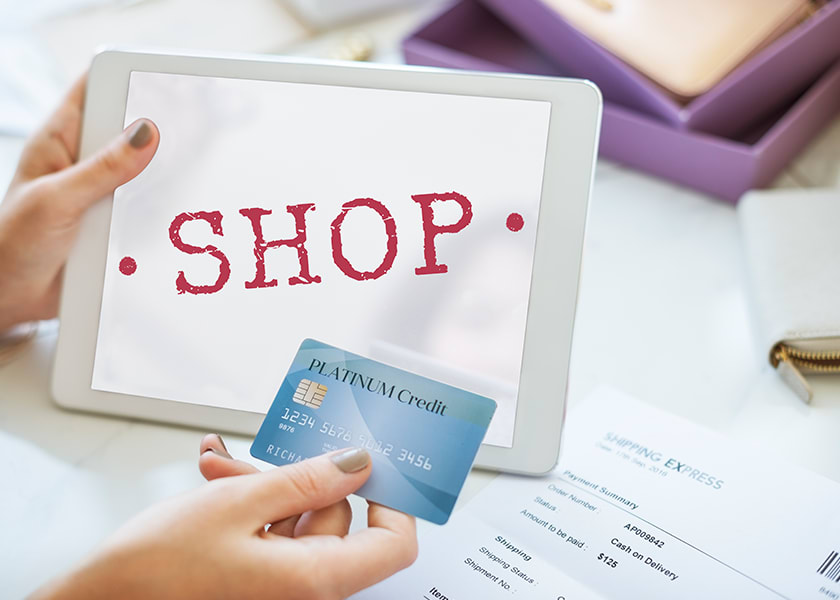Best Credit Card Provider
Upgrade Visa® Cash Rewards 
APR 8.99% - 29.99% / Annual Fee: $0
- Rewards: 1.50% Cashback on Payments¹
- Welcome Offer: None
- Balance Transfer Intro APR: None
- Recommended Credit Score: Fair
To help you find the right card, we've come up with a list of four easy steps that will guide you through choosing a credit card:
Step 1: Your Credit Report
If you're applying for a new line of credit such as a credit card or personal loan, then you need to make sure that your credit report is error-free and up to date. Even if you're planning on getting a store card, it's best to check your credit history before you apply for a new card because this will give you an idea of how likely you are to be approved or not. There are three major players in the credit reporting industry: Equifax, which is based in Canada; Experian, which is based in the United States; and TransUnion, which has headquarters in both U.S. and Canada. It's important to note that each one covers different countries around the globe.
Step 2: Assess Your Personal Finances
Once you have a copy of your credit report in hand, go through it carefully to see how much credit you already have out and if there are any errors in the information that's being reported about you. Also, examine your financial situation because this will determine which type of card is right for you. If you're currently up to date with all your payments then applying for a store card may be an option but do read the fine print first before signing anything since these cards usually come with higher rates than other types of cards.
On the other hand, if you've missed one or two payments on some loans or credit cards, then it's best to stick with applying for an unsecured card so you don't risk additional fees or a higher interest rate.
Step 3: Determine Your Credit Needs
Aside from store and unsecured credit cards, there are also secured credit cards in the market. The key difference is that secured credit cards require a cash deposit before allowing users to create their own spending limit. We recommend secured credit cards for people who don't have prime borrowing status because they provide lower monthly payments compared with other options.
You can compare this type of card with the standard unsecured card by using free comparison websites like BetterPenny.com. These sites allow you to choose specific features such as APR rates, grace periods, annual fees, and other features that are important to you.
Step 4: Assess Your Spending Habits
It's also vital to consider how much money you normally spend on your credit card so you can estimate how much money you'll need in order to qualify for a particular card. This is especially important if you own more than one credit card because the issuer will base your spending limit on your total sum of balances, not just the new balance. The best way to determine our spending limit is based on our existing debts and monthly budget.
For example, if you're currently handling two loans with different interest rates then it would be best to apply online because these cards typically offer lower rates compared with other cards out there. Depending on which type of card you choose, you may or may not incur an annual fee so it's best to take this into consideration as well. With these four easy steps, you should be able to find the right credit card for your needs.
Making Payments on Time
As long as you've made all your payments on time then this will improve your chances of approval. Even if there are some delays or other glitches in the payment processing system, the issuer will usually overlook them because businesses need customers just as much as customers need them. This means that you'll receive better rates and terms with your new line of credit compared with those who are already behind on their payments
Types of Credit Cards & Benefits
Unsecured cards are great for people who want to build credit but only apply with issuers that offer lower interest rates. This is because secured cards usually come with an annual fee which can be costly if you're not able to pay off your full balance at the end of the month.
Other benefits include cash withdrawal, travel insurance & emergency assistance should something happen while you're traveling. Some credit card companies even offer free supplementary cards so you can give them to anyone whether they're family members or friends. And since every credit card comes with different features, it's best that you read through all the terms and conditions before signing anything
Conclusion
There are many different types of credit cards on the market, and it can be overwhelming trying to figure out which one is best for your needs. In this article, we’ve outlined four easy steps to help you find the right card for you. We’ve also provided some tips on how to improve your chances of approval and what to look for when comparing different cards. So whether you’re looking for a store credit card or an unsecured card, make sure you do your research first!















